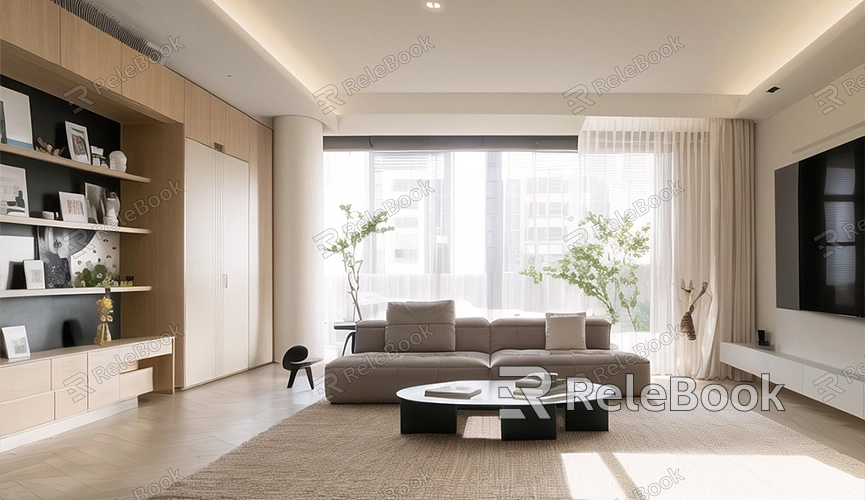How to Render an Image Sequence in Blender
Blender is a powerful open-source 3D modeling and rendering software widely used in animation, visual effects, and game development. When creating animations with Blender, rendering an image sequence is a common and efficient method. This article will provide a detailed guide on how to render an image sequence in Blender and share some practical tips to help you complete this task with ease.
What is an Image Sequence?
An image sequence refers to the process of rendering each frame of an animation as a separate image file and saving them in sequence. This method has many advantages, such as making it easier to handle rendering errors and post-production. If a rendering interruption occurs, you only need to re-render the problematic frames, instead of re-rendering the entire animation.

Preparation
Before you start rendering the image sequence, make sure of the following:
1. Blender is installed: It can be downloaded and installed for free from the [Blender official website].
2. The animation scene is ready: Ensure that your animation scene is set up and all keyframes, lighting, and materials are properly adjusted.
Step One: Set Up the Output Directory
First, we need to set the directory and file format for the rendering output:
1. Open Blender and load your animation scene.
2. In the properties panel on the right, select the "Output Properties" tab (it looks like a printer icon).
3. In the "Output" section, click the folder icon next to "File Path" and choose a directory to save your image sequence.
4. Select the file format, PNG is recommended as it supports lossless compression and transparent backgrounds.
Step Two: Set the Render Frame Range
Next, we need to set the frame range for rendering:
1. In the "Output Properties" tab, find the "Frame Range" section.
2. Set the start and end frames. For example, if your animation is from frame 1 to frame 250, set them to 1 and 250, respectively.
3. Make sure the frame rate is set correctly, with 24 frames per second (fps) being the standard frame rate.
Step Three: Choose the Rendering Engine
Choosing the right rendering engine can enhance rendering quality and speed:
1. In the "Render Properties" tab (camera icon), select the rendering engine. Common ones include Eevee and Cycles. Eevee is fast and suitable for real-time previews; Cycles offers high-quality rendering suitable for final output.
2. Adjust the rendering settings as needed, such as ray tracing and sample count.
Step Four: Start Rendering the Image Sequence
Once everything is ready, you can start rendering the image sequence:
1. In the top menu bar, select "Render" > "Render Animation."
2. Blender will render the animation frame by frame and save each frame as an image file. This process may take some time, depending on the length of the animation and the complexity of the scene.
Step Five: Check the Rendering Results
After rendering is complete, check the image files in the output directory:
1. Make sure each frame image has been rendered correctly and the file naming order is correct.
2. If you find errors in some frames, you can re-render them individually. Set the start and end frames of the problematic frames in the "Output Properties" tab, then re-render.
Step Six: Compose the Image Sequence
Finally, compose the image sequence into an animated video:
1. In Blender, switch to the Video Sequence Editor.
2. In the Video Sequence Editor, click "Add" > "Image Sequence" and select all the rendered image files.
3. Drag and drop the image sequence onto the timeline, ensuring the order is correct.
4. Set the output directory and file format, with AVI or MP4 being recommended formats.
5. In the top menu bar, select "Render" > "Render Animation," and Blender will compose the image sequence into an animated video.
By following these steps, you can successfully render an image sequence in Blender and compose it into a video. The method of rendering image sequences is not only flexible but also very efficient when dealing with long rendering times. If you are not satisfied with the rendering results, you can adjust the settings and re-render at any time. If you need many high-quality 3D textures and HDRIs, or 3D model downloads when creating models and virtual scenes, you can download them from Relebook. After downloading, simply import the textures and 3D models directly into your model for use.

